Sci Transl Med:退伍军人中的与爆炸有关的脑损伤
2012-05-19 EurekAlert! EurekAlert!
5月16日,国际著名杂志Science Translational Medicine在线刊登了国外研究人员的最新研究成果“Chronic Traumatic Encephalopathy in Blast-Exposed Military Veterans and a Blast Neurotrauma Mouse Model,”,文章中,研究者揭示了退伍军人中的与爆炸有关的脑损伤。 患有与爆炸
5月16日,国际著名杂志Science Translational Medicine在线刊登了国外研究人员的最新研究成果“Chronic Traumatic Encephalopathy in Blast-Exposed Military Veterans and a Blast Neurotrauma Mouse Model,”,文章中,研究者揭示了退伍军人中的与爆炸有关的脑损伤。
患有与爆炸有关脑损伤的退伍军人发生慢性创伤性脑病或CTE的风险可能增加,CTE是一种在像曲棍球运动员和美式足球运动员这样的有反复性脑创伤历史者中发生的退行性脑病。以进行性脑组织的退化及异常tau蛋白积聚为标志,CTE的症状包括记忆力问题、自杀念头、好斗及痴呆。病人可在起初的脑创伤之后的许多年发生CTE。在作战区内的士兵和平民有着较高的由简易爆炸装置(IED)爆炸所引起的创伤性脑损伤的风险。人们已知,由爆炸所产生的压力波或强度足以将一个人从一辆车中抛出的爆炸力会引起严重的脑损伤,但人们对接触爆炸力的长期影响仍然不清楚。
Lee Goldstein及其同事对死亡的退伍军人和足球运动员的脑组织进行了分析,并发现了CTE的证据。该小组接下来通过研发用特殊的爆炸冲击管来给小鼠制造创伤性脑损伤而创建了一个接触爆炸的小鼠模型。受损的小鼠脑组织与退伍军人的脑组织有许多类似之处,其中包括tau蛋白的积聚和进行性的神经退化——这是CTE的标志性特征。这些小鼠还有学习和记忆问题,然而,那些头部在脑损伤时被固定不动的小鼠有明显效少的学习和记忆困难。这些发现暗示,与爆炸有关的创伤性脑损伤可触发CTE的发生,并可能是因为“爆炸气浪”所引起的头部加速而造成的。(生物谷Bioon.com)

doi:10.1126/scitranslmed.3003716
PMC:
PMID:
Chronic Traumatic Encephalopathy in Blast-Exposed Military Veterans and a Blast Neurotrauma Mouse Model
Lee E. Goldstein1,2,3,4,*, Andrew M. Fisher1,4, Chad A. Tagge1,4, Xiao-Lei Zhang5, Libor Velisek5, John A. Sullivan5, Chirag Upreti5, Jonathan M. Kracht4, Maria Ericsson6, Mark W. Wojnarowicz1, Cezar J. Goletiani5, Giorgi M. Maglakelidze5, Noel Casey1,3, Juliet A. Moncaster1,3, Olga Minaeva1,3,4, Robert D. Moir7, Christopher J. Nowinski8, Robert A. Stern2,8, Robert C. Cantu8,9, James Geiling10, Jan K. Blusztajn2, Benjamin L. Wolozin2, Tsuneya Ikezu2, Thor D. Stein2,11, Andrew E. Budson2,11, Neil W. Kowall2,11, David Chargin12, Andre Sharon4,12, Sudad Saman13, Garth F. Hall13, William C. Moss14, Robin O. Cleveland15, Rudolph E. Tanzi7, Patric K. Stanton5 and Ann C. McKee2,8,11,*
Blast exposure is associated with traumatic brain injury (TBI), neuropsychiatric symptoms, and long-term cognitive disability. We examined a case series of postmortem brains from U.S. military veterans exposed to blast and/or concussive injury. We found evidence of chronic traumatic encephalopathy (CTE), a tau protein–linked neurodegenerative disease, that was similar to the CTE neuropathology observed in young amateur American football players and a professional wrestler with histories of concussive injuries. We developed a blast neurotrauma mouse model that recapitulated CTE-linked neuropathology in wild-type C57BL/6 mice 2 weeks after exposure to a single blast. Blast-exposed mice demonstrated phosphorylated tauopathy, myelinated axonopathy, microvasculopathy, chronic neuroinflammation, and neurodegeneration in the absence of macroscopic tissue damage or hemorrhage. Blast exposure induced persistent hippocampal-dependent learning and memory deficits that persisted for at least 1 month and correlated with impaired axonal conduction and defective activity-dependent long-term potentiation of synaptic transmission. Intracerebral pressure recordings demonstrated that shock waves traversed the mouse brain with minimal change and without thoracic contributions. Kinematic analysis revealed blast-induced head oscillation at accelerations sufficient to cause brain injury. Head immobilization during blast exposure prevented blast-induced learning and memory deficits. The contribution of blast wind to injurious head acceleration may be a primary injury mechanism leading to blast-related TBI and CTE. These results identify common pathogenic determinants leading to CTE in blast-exposed military veterans and head-injured athletes and additionally provide mechanistic evidence linking blast exposure to persistent impairments in neurophysiological function, learning, and memory.
本网站所有内容来源注明为“梅斯医学”或“MedSci原创”的文字、图片和音视频资料,版权均属于梅斯医学所有。非经授权,任何媒体、网站或个人不得转载,授权转载时须注明来源为“梅斯医学”。其它来源的文章系转载文章,或“梅斯号”自媒体发布的文章,仅系出于传递更多信息之目的,本站仅负责审核内容合规,其内容不代表本站立场,本站不负责内容的准确性和版权。如果存在侵权、或不希望被转载的媒体或个人可与我们联系,我们将立即进行删除处理。
在此留言




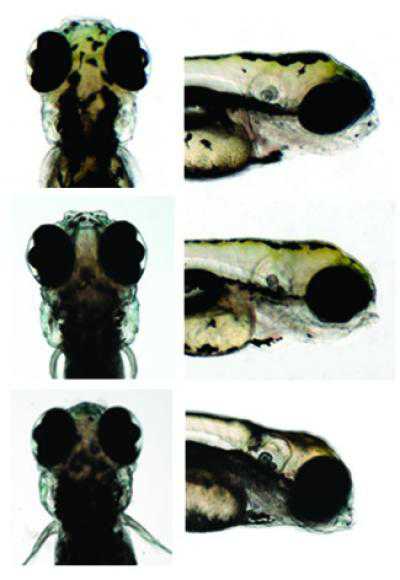

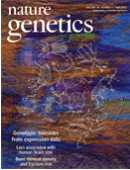
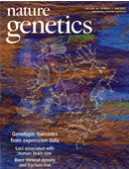
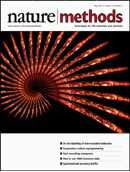
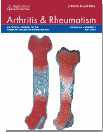




#退伍军人#
68
#TRA#
45
#Transl#
58
#损伤#
54
#Med#
47